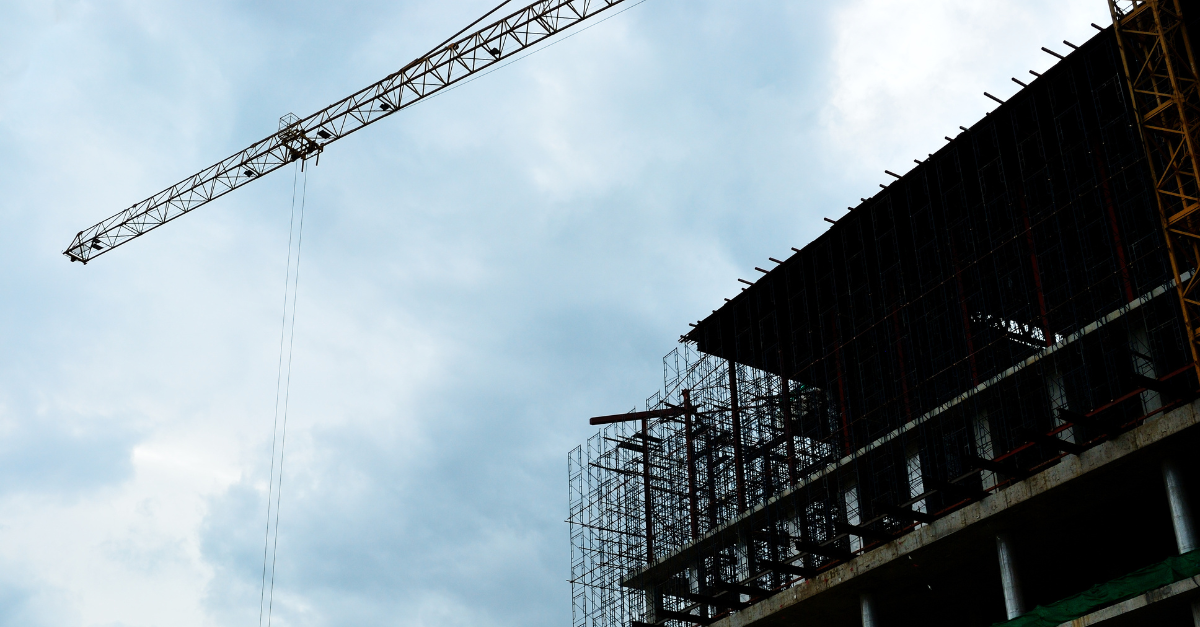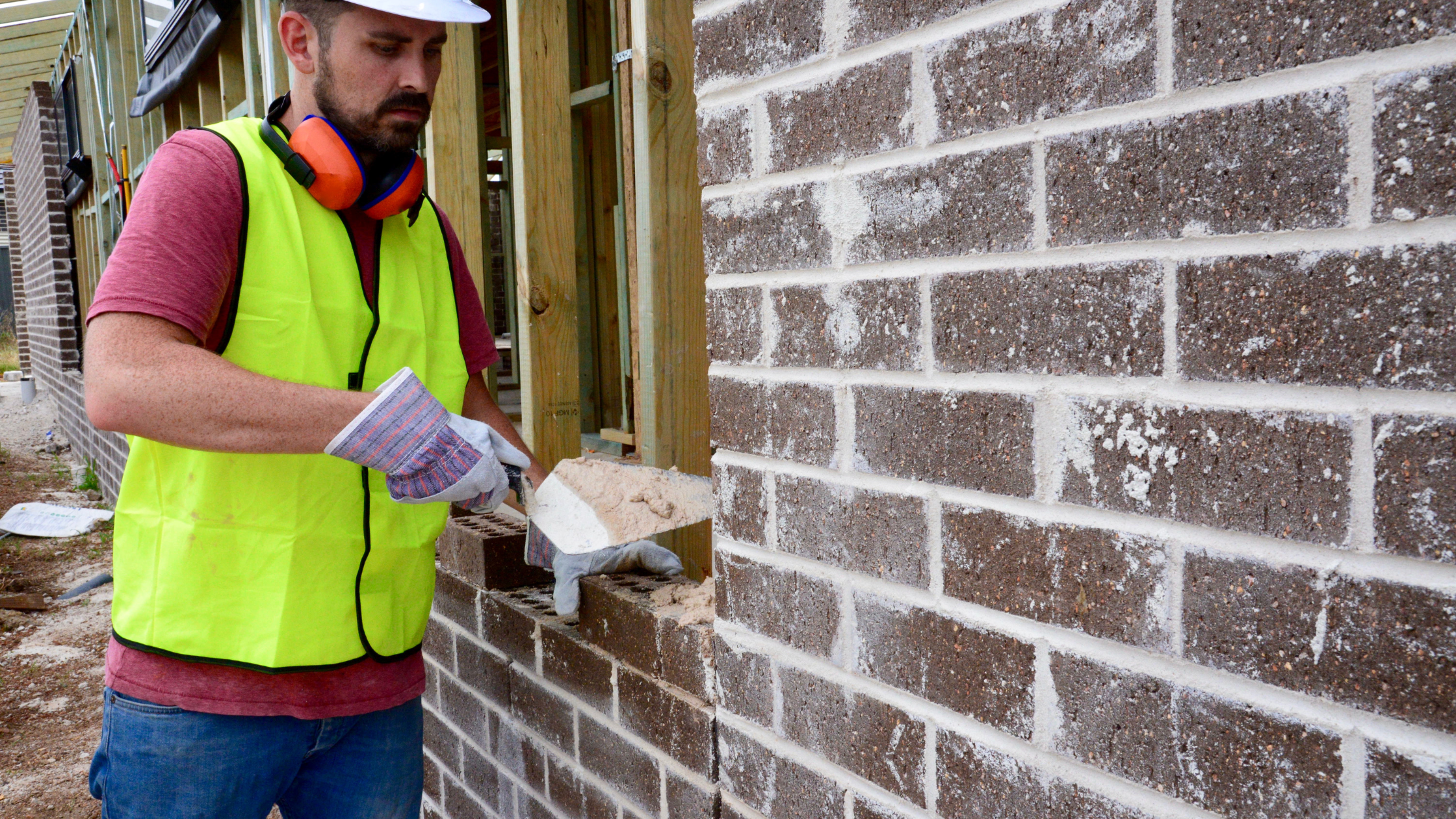
California is soaked. Months of heavy, record-setting rain have saturated the state from Oregon to the Mexican border, resulting in difficulties and outright hazards on both commercial and residential construction sites. While there’s nothing GCs can do to stop the rain, GCs can mitigate its effects, and mitigation starts with planning ahead.
In this month’s column, we share tips for protecting your workers’ safety and the safety of any job site visitors during days when standing or even moving water might pose a risk. First and foremost, it’s important to provide adequate training for anyone on site as to how to work safely in wet weather conditions. Remember: Many Californians aren’t used to wet weather, and ensuring safety around wet working conditions is not always a matter of intuition.
Wet-weather job hazards to prepare for include:
- Slippery surfaces: Rain can create slippery surfaces on construction sites, increasing the risk of slips, trips, and falls. Ensure your workers and site visitors have the proper footwear and PPE at all times, even on days that start off dry (spring weather can be unpredictable).
- Poor visibility: Heavy rain can reduce visibility, making it difficult for workers to see hazards and obstacles on the site. This can increase the risk of accidents, such as collisions between workers and machinery. If possible, cease work on days when bad weather creates dangerous visibility conditions, and encourage workers to work slowly and deliberately when work must go on.
- Electrical hazards: Rain can create extremely dangerous electrical hazards, especially if electrical equipment is not properly grounded or protected from water. Workers may also be at risk of electrocution if they come into contact with live wires or equipment. Make electrical safety – including properly grounding equipment – a priority on every job site.
- Trench collapse: Although excavation is a necessary part of construction management, it can come at a cost, particularly in rainy conditions. Heavy rain can saturate and weaken soil and cause trench walls to collapse, putting workers in danger of being buried or crushed. Trench collapse can also pose a danger to workers in the form of burst pipes or exposure to chemicals. To avoid calamity, ensure that proper precautions (sloping, shoring and shielding) are being taken from the outset of trench construction. Also ensure that heavy machinery is kept as far away from trenches as possible, particularly in rainy conditions.
- Flooding: Heavy rain can cause flooding on construction sites, which can damage equipment and materials, create hazards, and make it difficult for workers to move around safely. Workers and job site visitors are also at risk of being exposed to contaminated water when flooding occurs. Appropriate PPE is your best defense to protect your people from the hazardous effects of flooding. If water has been present anywhere near electrical circuits and electrical equipment, immediately turn off the power at the main breaker or fuse on the service panel. Never enter flooded areas or touch electrical equipment if the ground is wet.
- Falling objects: Rain can weaken structures and cause objects to become dislodged or fall from heights. Heavy, prolonged rain can also expose the roots of trees on your job site, destabilizing them and making them more likely to fall (falling tree limbs are also a hazard in stormy conditions). Even a relatively small falling object can cause serious injuries or even death. Before construction begins, ensure that all objects at risk of a fall have been secured, and check trees for any damage that could create precarious conditions.
With a bit of forethought and a no-exceptions approach to workplace safety, rain – even heavy rain – needn’t pose a problem on job sites.



